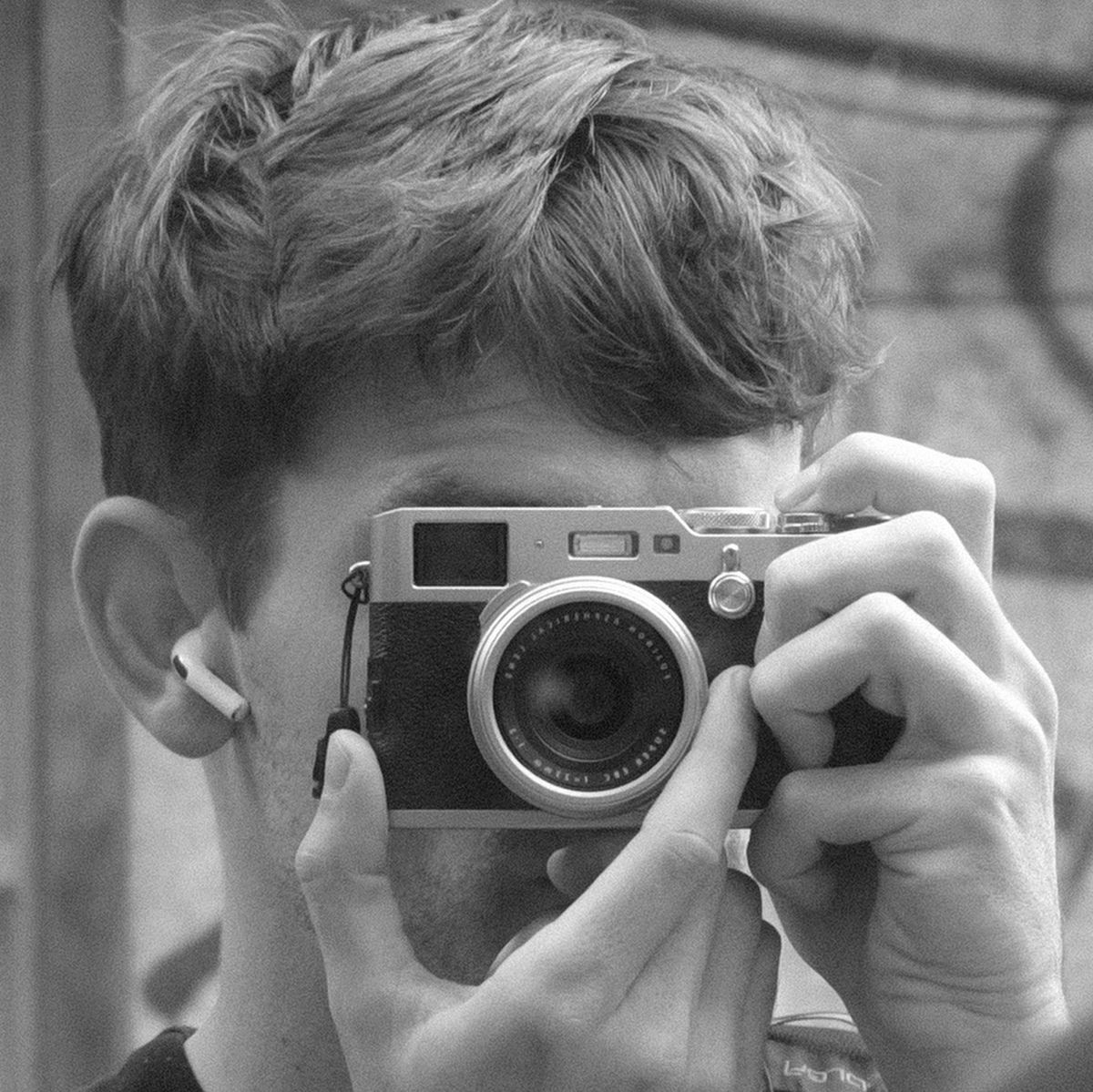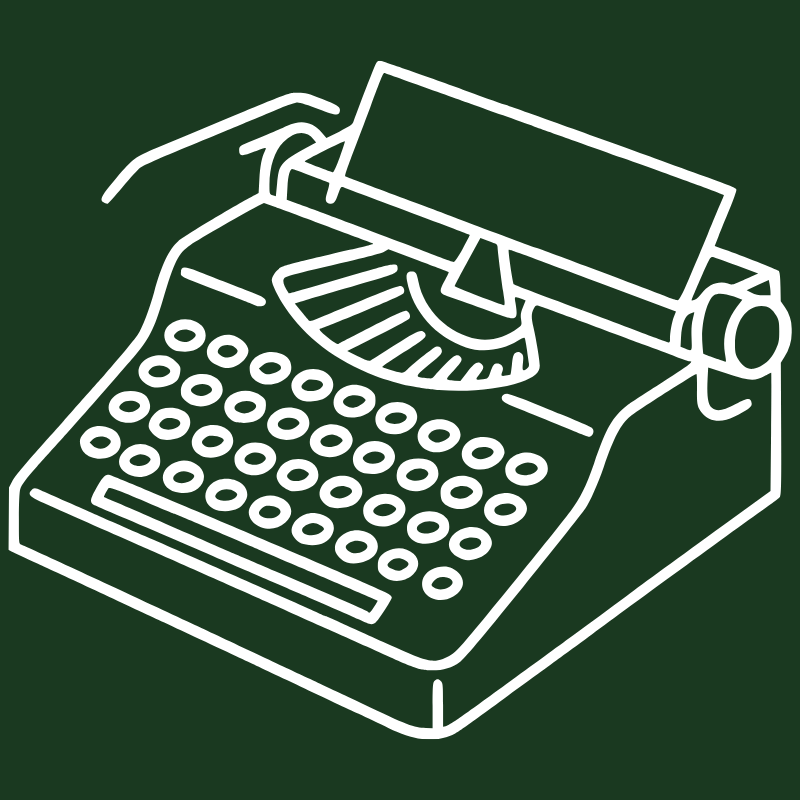Titanic (1)

I felt mostly intrigue and solemnity upon arriving at the Titanic museum in Belfast. Intrigue at the rich industrial history of the place and solemnity at the sinking of her greatest vessel, and the human cost of that tragedy. Like an excitable 12 year old on a school trip I looked for my last name amongst those who died and artificially constructed a sense of mourning to provoke the right facial expression, that I felt was necessary to conclude the museum experience. It is an impressive feat of tourism management. Somehow it manages to effectively capture the scale of both the boat and the story. There are lots of reasons why the Titanic shouldn’t have sunk, but in and amongst the death toll is a very British story for the era: more men in the upper class cabins died than women and children in third class - honour above wealth. It’s hard to imagine Zuck and Jeff going down with the ship these days.
Docks (2)

Having visited, I don’t feel able to fairly conclude exactly what state the docks and shipping industry in Belfast is in. On the one hand, there are miles of unused overgrown land where once great White Star Line vessels were produced, but on the other, several ships were clearly in dock undertaking work. The space felt slightly at the behest of a policy document written in the Department for Business entitled “Diversifying Belfast’s Economy”. In the space of 100m you walk past a micro-brewery, a professional skills educational establishment, an ‘innovation hub’, a film studio and then several abandoned warehouses and portakabins. It’s trying, I think it’s really trying. A local explained that Harland and Wolff, now acquired by Navantia, are kept in business by shipping companies buying cheap ships in China and sending them to Belfast to be made sea-ready. It’s a neoliberal wet dream and horrifying to almost everyone else.
Brit-ish (3)

This was my first visit to Belfast, to Northern Ireland and indeed to the island of Ireland. The act of getting on a plane made the trip feel foreign. In lots of ways, the town I walked around did little to contest the notion that I was indeed in a different country. There were supermarket brands I didn't recognise, the occasional sign in a foreign language, and an accent that in passing didn’t stick easily in my ear. But out of nowhere, I’d see or find things that made me realise this was still home. The BBC, illuminated by the glorious setting sun, allowed me for a moment to forget quite how controversial the question of statehood is here.
Giants (4)

Giant’s Causeway sits hidden within a cove, otherwise quite indistinguishable from the magnificent Northern Irish coastline. You can walk for miles, over and around sheer rock faces that are desperate to spit you out into the tempestuous Atlantic. Were it not for the chugging and obtuse coaches and their low energy patrons, you might not spot this geological sensation at all. It is quite magical, hard to fathom. In many ways the existence of these hexagonal and pentagonal rocks defies everything we have come to know about the chaos and unpredictability of nature. And apparently it’s a great place to take a selfie.
Door (5)

Sometimes you come across things that are hard to explain, like this door. The point at which i stood and took this picture was as far as you could walk before falling to a harsh death upon jagged Irish rocks. And yet the door remained wide open, as if to say “please sir, after you”. But take the door’s words to heart and you wouldn’t be long for this world. I believe that the authorities left the door open as a test, because sometimes health and safety regulations will only take human evolution so far.
Trouble (6)

Note the Gemini logo, because I used AI to remove some cars.
It didn’t sit well with me that I knew so little about Northern Ireland. It inspired this trip and I got exactly what I was looking for from it. Patrick Madden Keefe’s book ‘Say Nothing: A True Story of Murder and Memory in Northern Ireland’ gave me a foundational understanding of the troubles, that the visit was able to add to. I recommend both fervently. The cabbie that took us around added Protestant-tint colour that often disturbing. The wall in this picture separates the Catholic and Protestant neighbourhoods. A few gates allow traffic across during the day, but shut firmly at night. On several visits to Berlin I had no idea that my own country had long since maintained a physical dividing line across a city. For now at least, it’s a divide I am glad I was able to cross freely.

